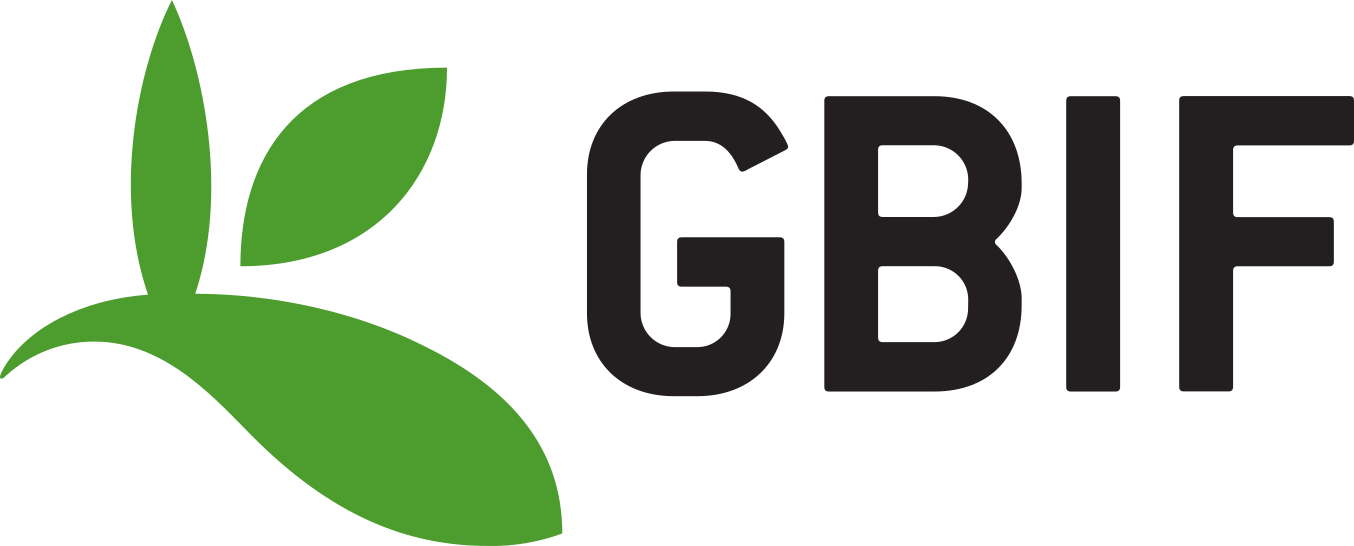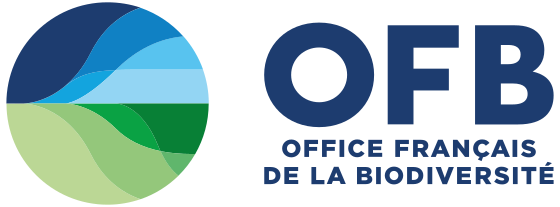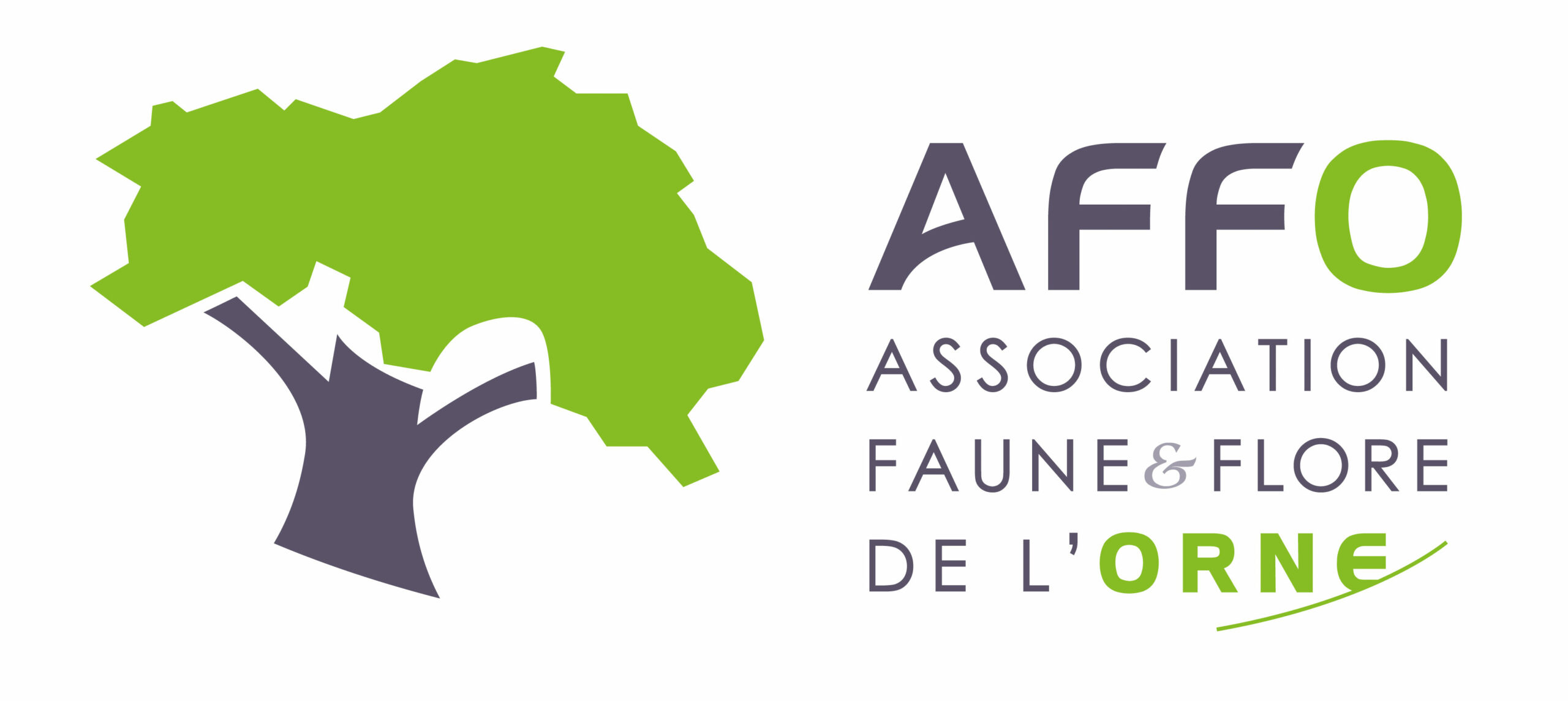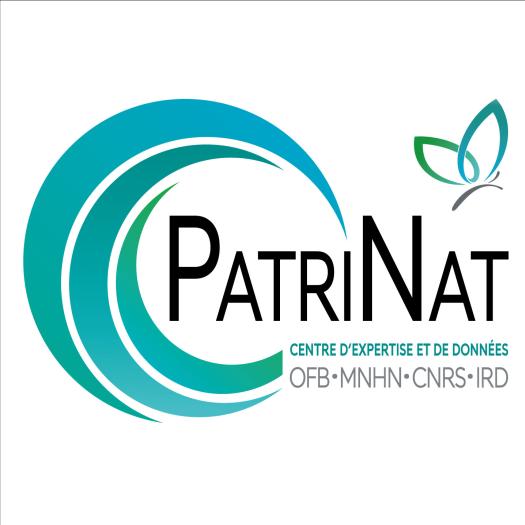Tanche
Tinca tinca (Linnaeus, 1758)
Où cette espèce a-t-elle été observée ?
 Attention : cette espèce peut être présente où il n’y a pas de maille, mais à ce jour elle n’y a pas encore été observée.
Attention : cette espèce peut être présente où il n’y a pas de maille, mais à ce jour elle n’y a pas encore été observée.
- 38 observations
-
19
communes -
13
observateurs
10
organismes -
Première observation
1980 -
Dernière observation
2023
Bretoncelles - Chapelle-Royale - Fontaine-Simon - Igé - La Ferté-Vidame - Le Pas-Saint-l'Homer - Les Menus - Longny les Villages - Manou - Nogent-le-Rotrou - Rémalard en Perche - Sablons sur Huisne - Saint-Aubin-de-Courteraie - Saint-Jean-Pierre-Fixte - Saint-Jouin-de-Blavou - Saint-Langis-lès-Mortagne - Saint-Martin-du-Vieux-Bellême - Senonches - Tourouvre au Perche
-
Office Français de la Biodiversité (OFB)
Participation à 26 Observations
Part d'aide à la prospection : 68.42 %
Fiche organisme
-
Ministère de la Transition écologique et de la Cohésion des territoires
Participation à 10 Observations
Part d'aide à la prospection : 26.32 %
Fiche organisme
-
Société Française d'Ichtyologie (SFI)
Participation à 9 Observations
Part d'aide à la prospection : 23.68 %
Fiche organisme
-
Muséum national d'Histoire naturelle (MNHN)
Participation à 9 Observations
Part d'aide à la prospection : 23.68 %
Fiche organisme
-
Institut national de recherche pour l'agriculture l'alimentation et l'environnement (INRAE)
Participation à 5 Observations
Part d'aide à la prospection : 13.16 %
Fiche organisme
-
Conservatoire d'espaces naturels du Centre-Val de Loire (CEN CVL)
Participation à 3 Observations
Part d'aide à la prospection : 7.89 %
Fiche organisme
-
Association Faune & Flore de l'Orne (AFFO)
Participation à 2 Observations
Part d'aide à la prospection : 5.26 %
Fiche organisme
-
UMS PatriNat (OFB-CNRS-MNHN)
Participation à 1 Observation
Part d'aide à la prospection : 2.63 %
Fiche organisme
-
DREAL Centre-Val de Loire
Participation à 1 Observation
Part d'aide à la prospection : 2.63 %
Fiche organisme
Informations espèce
Répartition actuelle en France métropolitaine
© INPN - Avertissement : les données visualisables reflètent l'état d'avancement des connaissances et/ou la disponibilité des données existantes au niveau national : elles ne peuvent en aucun cas être considérées comme exhaustives.
Répartition actuelle dans le monde
Avertissement : les données visualisables reflètent l'état d'avancement des connaissances et/ou la disponibilité des données existantes au niveau mondial : elles ne peuvent en aucun cas être considérées comme exhaustives.











